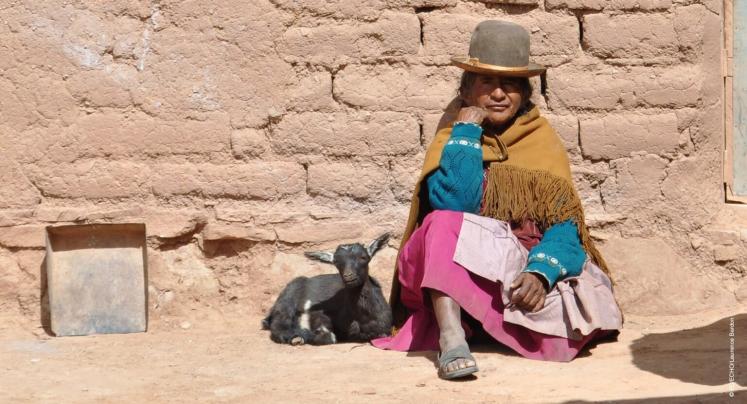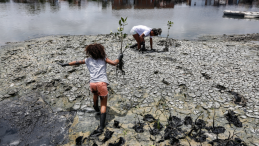Countries in Latin America and the Caribbean (LAC) face multiple and diverse challenges related to climate change, given the urgent need to reduce greenhouse gas (GHG) emissions, build resilience to climate shocks and reduce reliance on fossil fuel exports. We are already seeing climate change hit households, businesses and communities around LAC — from extreme weather events (such as droughts, hurricanes and floods) to impacts that are less immediately noticeable in areas such as optimal land usage, supply chains and insurance markets. The good news is that confronting the detrimental effects of the new climate economy also means green investment, growth and jobs.
LAC has distinct challenges when it comes to climate mitigation, since a large share of emissions arises from agriculture and changes in land use and forestry. Subsidy removal and a carbon tax can help achieve emissions targets, and the revenues generated by these policies could be used to compensate vulnerable groups, but they might not be sufficient to close Nationally Determined Contribution (NDC) gaps. To curb GHG emissions, LAC policymakers have a variety of tools at their disposal, including other price-based mitigation policies (such as the establishment of emissions trading systems, and feebates) and non–price-based mitigation policies (such as public investment in low-GHG emissions technologies and infrastructure, fiscal incentives, as well as supportive regulations).
Although building resilience to climate change is important throughout the region, it is critical for the Caribbean and Central America, which are highly vulnerable to climate change and natural disasters. Implementing a comprehensive medium-term strategy for climate adaptation would yield significant long-term benefits in terms of potential output and fiscal dividends for these economies. This approach could be built on creating structural resilience (investing in resilient infrastructure) and financial resilience (establishing a comprehensive layered insurance scheme). The impact of climate change on the financial systems is set to increase as the financial sector supports the necessary private sector adaptation investment. Strengthening supervision and regulatory frameworks against climate change risks can help further build financial system resilience.
The LAC region is well positioned to benefit from a global low-carbon transition, but some countries are vulnerable. The shift to green technologies could benefit some countries in the region due to their natural endowment of “green” commodities—such as lithium and cooper—needed in the energy transition. Exporters and importers of fossil fuels have different transitional risk profiles and fossil fuel exporters are most exposed to transition risks. There could also be employment gains thanks to the green transition in the electricity sector, though the size of the gains and the distributional consequences will depend on the type of electricity generation sources.
To implement effective climate mitigation, adaptation, and transition policies, LAC countries will need substantial upfront financing. The International Monetary Fund can play a valuable role, not only by providing resources from its Resilience and Sustainability Trust, but also by catalyzing financing from private, bilateral, and other multilateral sources. Dialogue on climate policies between national, regional, and global stakeholders can yield higher climate dividends while avoiding domestic opposition or negative spillovers across countries.
Photo by EU Civil Protection and Humanitarian Aid [cropped]




